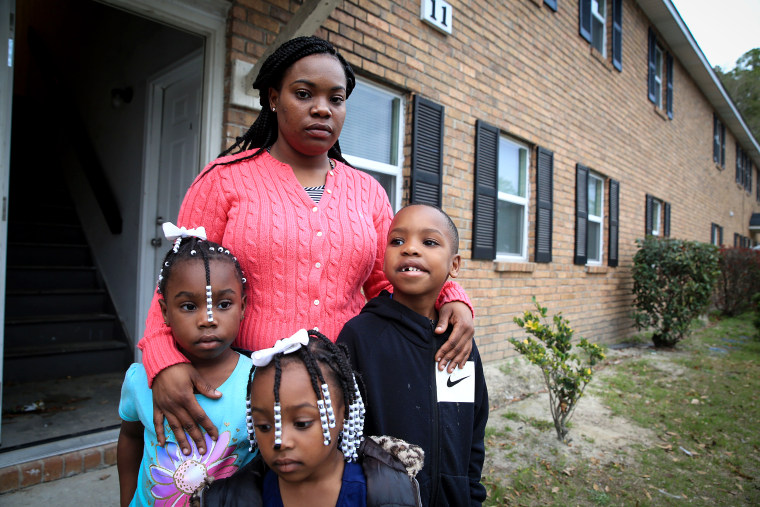COLUMBIA, S.C. — KinTerra Johnson and her three young children had to flee their apartment at 3 a.m. on a cold January night, or else risk losing their lives.
Two of their neighbors were already dead from carbon monoxide poisoning. Emergency officials found dangerously high levels of the gas throughout the Allen Benedict Court public housing complex near downtown Columbia, where more than 400 people lived, nearly all African American, including more than 140 children and many elderly residents in frail health.
Johnson’s three children — 8, 5 and 3 years old — saw flashing lights surrounding the building.
“Open up, it’s the fire chief!” the firefighters said, banging on Johnson’s door. When they came in, her children burst into tears. “The kids were scared to see the guys in the Hazmat suits — they looked like monsters to them,” said Johnson, 27, a single mother who works in an insurance office.
The health and safety hazards are so severe that Johnson and her neighbors can’t return home. After the two residents were found dead on Jan. 17, inspectors found high levels of carbon monoxide and natural gas inside all 26 buildings at the complex, as well as missing and broken smoke alarms, exposed wires, roach infestations, damaged ceilings and a “high volume of rodent droppings,” according to a letter from the fire department obtained by NBC News.
None of the apartments had carbon monoxide detectors, local authorities found. In fact, public housing is not required to have them under federal law: While all rental housing subsidized by the U.S. Department of Housing and Urban Development must have smoke detectors, the federal government does not have the same requirement for carbon monoxide detectors.
NBC News has found 11 deaths from carbon monoxide poisoning in HUD housing since 2003, based on local news reports and interviews with housing authorities.
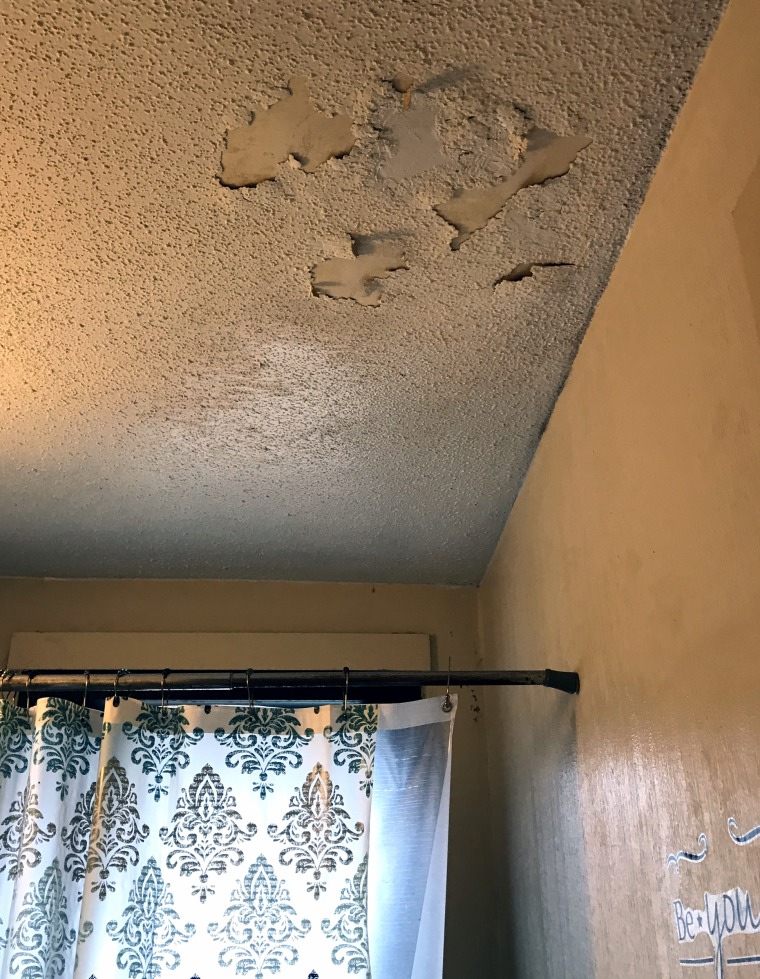
Public housing residents are particularly vulnerable to carbon monoxide. High levels of the gas are more likely to harm the very young and the very old, and most of the 4.6 million families receiving HUD rental assistance are elderly, disabled or families with young children. Acute exposure to the gas can cause permanent brain damage, among other long-term health problems, and at high levels it can kill in minutes.
But despite the clear hazards of carbon monoxide, HUD has been slow to act, public health experts and housing advocates say. HUD’s efforts to tighten federal carbon monoxide protections have been mired in a confusing patchwork of federal inspection standards and a slow-moving effort to reform them, according to an NBC News review of federal protocols and interviews with more than a dozen housing officials, industry groups and public health experts.
Outdated, crumbling public housing may be putting the country’s poorest families at even higher risk. Allen Benedict is among thousands of decrepit, hazardous HUD properties with a backlog of sorely needed maintenance; some 10,000 units are lost every year due to disrepair, HUD says. Though the exact cause of January’s incident is still under investigation, faulty appliances and inadequate ventilation are among the most common causes of deadly carbon monoxide buildup. Even before January’s tragedy, Allen Benedict Court — one of South Carolina’s oldest public housing developments, less than two miles from the state Capitol — was already slated to be bulldozed and redeveloped, though the project was delayed by a lack of funds.
Rehabilitating public housing across the country is a mammoth, costly task. In New York City alone, the housing authority estimated last year that it needed $25 billion to fix faulty boilers, elevators, plumbing and other problems. But some solutions are far cheaper and simpler: A battery-operated carbon monoxide detector costs as little as $20 and could save lives, public health experts say.
HUD spokesman Brian Sullivan described the Allen Benedict deaths as a tragedy, and said the agency was considering changes to the entire HUD building inspection process, including new requirements related to carbon monoxide. He suggested, however, that focusing on HUD’s role was misguided.
“It is easier to pin the tail on the federal donkey than to hold the actual housing providers accountable for what goes on in the buildings,” he said.
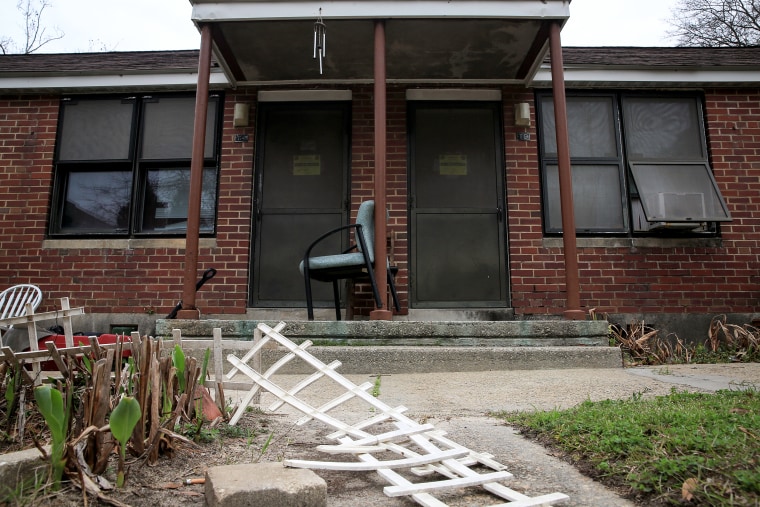
As the owner of Allen Benedict Court, the Columbia Housing Authority had primary responsibility for making sure the property was safe. In South Carolina, as well as the city of Columbia, the housing code requires carbon monoxide detectors in bedrooms that have fuel-fired appliances, including heaters.
In the wake of January’s deaths, the head of the Columbia Housing Authority, Gil Walker, announced that he would be retiring. “Mr. Walker made it clear that he’s responsible,” said Cynthia Hardy, a spokesperson for the housing authority. Hardy noted, however, that the housing authority worked “in partnership with HUD,” which repeatedly gave the property high marks for health and safety.
“HUD came in to our units in 2017, and CO detectors were never mentioned,” Walker said in early February. He said he was unaware that the authority’s properties, including Allen Benedict, were required to have carbon monoxide detectors under local law.
Local oversight is limited: Columbia officials don’t conduct regular health and safety inspections of public housing, which is federally funded. Instead, it’s up to HUD to inspect the properties regularly, and HUD does not require carbon monoxide detectors.
HUD “should be leading the charge, they should be setting the gold standard,” said Emily Benfer, a visiting associate clinical professor of law at Columbia University in New York, who researches environmental health hazards. “But they are negligent, and they are putting people in danger.”
How Allen Benedict fell through the cracks
Johnson and other residents say they complained for months — in some cases years — about malfunctioning heat, stoves and ovens in the aging Allen Benedict property, which was built in the 1930s and relies on natural gas. But without carbon monoxide detectors, residents had no immediate way of knowing their lives were at risk.
Known as “the silent killer,” carbon monoxide is colorless, tasteless and odorless. Each year, about 50,000 people in the U.S. visit the emergency room because of accidental carbon monoxide poisoning, and 430 die, according to the Centers for Disease Control and Prevention. Those exposed to high doses may experience dizziness, nausea and confusion, but the symptoms can be hard to recognize and easy to misdiagnose. HUD itself recommends that the general public install carbon monoxide detectors near bedrooms.
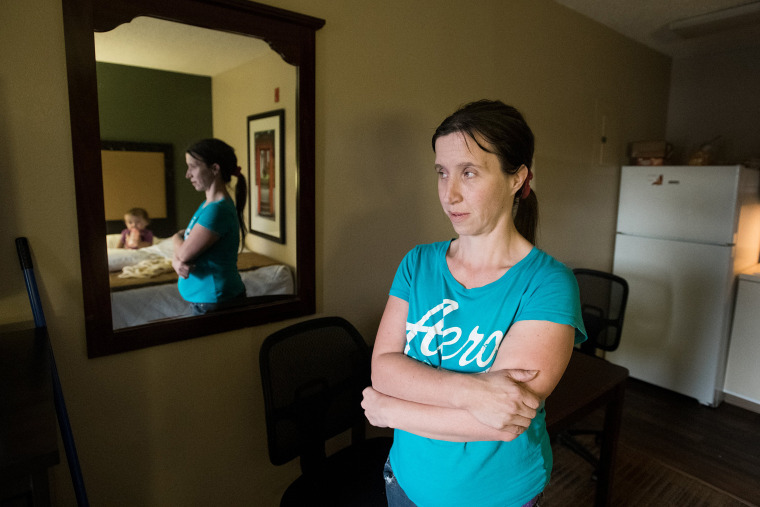
HUD says that all properties must comply with state and local laws. But only about half of states require carbon monoxide detectors, and some only require them upon sale of the property. And states mostly rely on local governments to enforce housing codes. South Carolina, for instance, updated its fire code in 2016 to require carbon monoxide detectors in residences, but says “it is up to the locals to enforce in most local buildings,” said Lesia Shannon Kudelka, a spokesperson for the state government.
In Columbia, as in many other cities, local officials say they don’t have the funding or staff to conduct regular health and safety inspections.
“Because they’re under the auspices of HUD, we would not inspect them unless they had complaints,” said Tameika Isaac Devine, a Columbia City Council member and mayor pro tem. “We don’t have enough code inspectors.”
HUD last inspected Allen Benedict in September 2017, and the complex passed with flying colors, receiving 86 points out of 100, a score so high that the property would have two years until its next inspection. The property also received passing grades during its 2011, 2012, 2014 and 2016 HUD inspections. Those scores meant that the federal government did not see any problems significant enough to require immediate enforcement action against the Columbia Housing Authority, a public corporation.
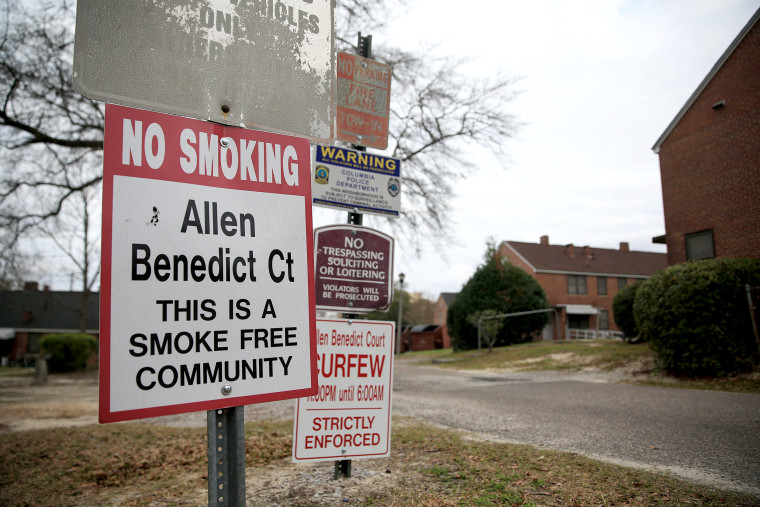
HUD’s inspection reports for Allen Benedict identified only a small number of health and safety violations at the property, the vast majority of which were deemed “non-life-threatening.” During three HUD inspections — in 2014, 2016 and 2017 — the property got points off for peeling paint, clogged drains and overgrown vegetation, among other problems, according to HUD documents obtained through a Freedom of Information Act request.
There were few deductions for serious violations — and no points off for missing carbon monoxide detectors in the building where the two men died, or anywhere else in the facility, because HUD did not require them in the first place.
Multiple deaths, little change
The deaths in Columbia are not an isolated incident. In 2013, a 77-year-old woman died in Greensburg, Pennsylvania, from carbon monoxide poisoning in her HUD-subsidized studio apartment, which did not have a detector. In 2008, three residents died in an Oklahoma City public housing complex that also did not have detectors. At least seven other residents of public housing or HUD-subsidized private homes have died since 2003, including a married couple in McKeesport, Pennsylvania, and a 61-year-old man in Indiana.
In some cases, carbon monoxide deaths in low-income housing resulted in court fines or settlements with the local housing authorities, but they have also prompted legislative action: Maryland passed a law in 2007 requiring CO alarms in newly constructed properties, then passed another measure in April 2018 requiring them in all rental units.
On the federal level, however, efforts to strengthen health and safety standards in public housing have been slow-moving, with few concrete steps taken over the past two years, housing experts and observers say.
Currently, federal inspectors look for damage to water heaters or ventilation systems, which can lead to a carbon monoxide buildup. But federal carbon monoxide standards are weakest for buildings owned and managed by public housing authorities, like Allen Benedict: HUD neither requires carbon monoxide detectors, nor checks if they are working properly in these properties, which house 1.2 million families. HUD is now considering stronger CO standards as part of a broader overhaul of a flawed inspection system. But the agency hasn’t committed to any specific changes to reduce carbon monoxide hazards.
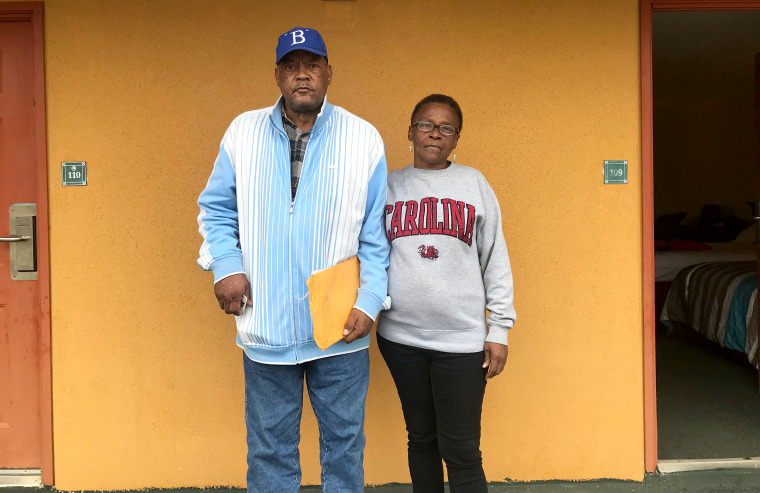
Section 8 apartments, which are subsidized by HUD but owned by private landlords, face somewhat stronger rules. A 2016 housing law passed by Congress says that an “inoperable or missing carbon monoxide detector, where required” in Section 8 units, would be considered a life-threatening condition that must be resolved immediately.
Industry groups and public health experts say that language is perplexing and incomplete, as it does not explicitly require detectors to be installed. “It’s so vague,” said Arlene Conn, a policy analyst at the Public Housing Authorities Directors Association. “If you must have a CO detector, state it more definitively, or else there is confusion.”
“Each program is held to a different program standard, and there are big discrepancies,” said Benfer, the Columbia law professor. “Our country is founded on the idea that every life is equal.”
But a push to require carbon monoxide detectors in all public housing without deeper investments in improvements would face resistance from industry groups, including the Public Housing Authorities Directors Association, which opposes new requirements unless Congress appropriates more funding. For housing authorities, “it could be if you spend that money and put those in every unit, you can’t fix some plumbing issue that means they don’t have water,” Conn said. “You may be making horrible choices.”
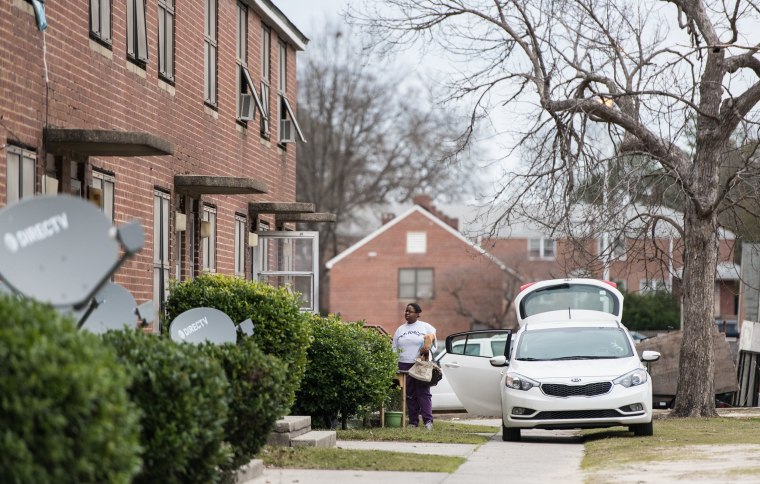
HUD acknowledges that its health and safety standards need to be updated to better protect residents: It currently requires CO detectors as part of a pilot program for a small percentage of Section 8 units.
“We know carbon monoxide can kill — we know that it has killed,” said Sullivan, the HUD spokesman, referring to the Columbia deaths. "Our examination of this issue predates this horrible tragedy.”
When asked why the agency wasn’t moving faster on the issue, given the potentially fatal consequences, HUD said the pace of change was typical of the agency.
“Things happen incrementally on every issue we’ve ever worked on,” Sullivan said.
‘He’s not waking up’
Derrick Roper, 30, lived in a one-story brick building at Allen Benedict Court, behind one of the property’s many swing sets. It was just a short walk from his apartment to Benedict College, the historically black school where he was a maintenance worker.
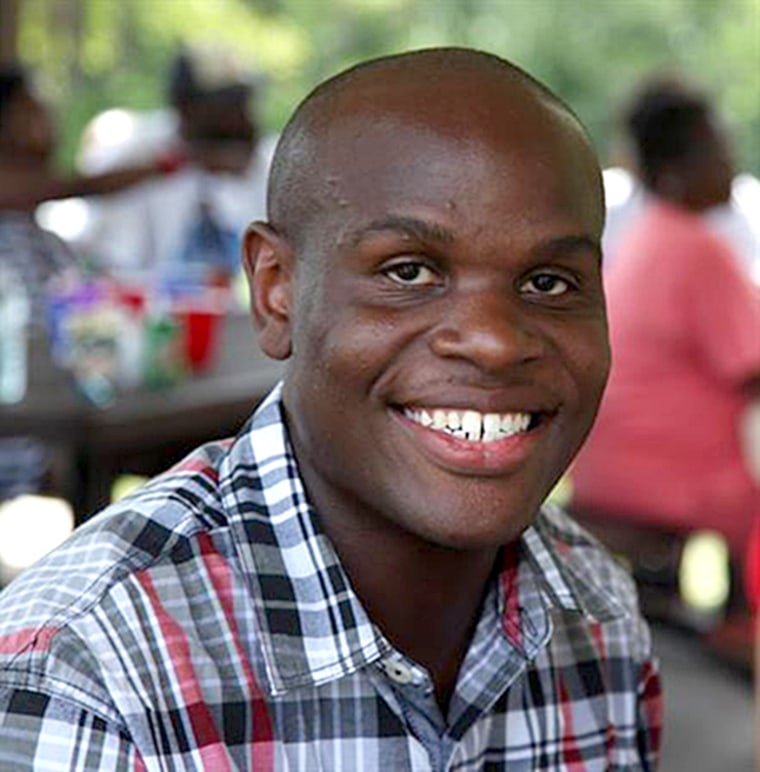
Roper was soft-spoken but always eager to help his neighbors, said resident Toddrica Smith. “He helped people with their yards, he watched for the kids.” He grew up with so many nephews and nieces that his family nickname was “Brother/Uncle,” his relatives said.
In mid-January, Roper suddenly stopped showing up to work. Campus police came to his home on Jan. 17, and when the property manager opened the door, they found his body on the floor outside of the bathroom, according to a police report obtained by an NBC News affiliate.
As he was leaving Roper’s apartment, the property manager learned that Roper’s 61-year-old neighbor also hadn’t been seen for several days, the police report said. When the officers entered Calvin Witherspoon Jr.’s apartment, two doors down from Roper, they found his body on the bed.
“Everyone took the shortest way out, and this is what happened."
The fire department responded and found dangerous quantities of carbon monoxide, hydrogen and cyanide gas in the building, mostly emanating from the apartment in between Roper and Witherspoon, according to the police report. That apartment belonged to Robert Ballard, who had called emergency responders twice the day before, according to Ballard’s attorney, Ron Stanley.
Ballard made the first call in the middle of the night on Jan. 16, after his cousin, who was staying with him, stumbled into his bedroom and collapsed, Stanley said. “He’s not waking up,” Ballard told the 911 responder, according to a recording obtained through a FOIA request by NBC News. “He’s bleeding out the ears. … Lord have mercy.”
A few hours later, Ballard called 911 again — for himself. “My eyes are fluttering, and I’m bleeding,” he told responders. Ballard and his cousin were seen at a hospital, his attorney said — but no one suspected carbon monoxide poisoning until the next day, when his two neighbors were found dead.
Ballard could have died as well, Stanley said: “Had it not been for the cousin stumbling into his room, he would have slept through the whole thing, and probably never would have awakened.”
Ballard is now suing the Columbia Housing Authority, as is Roper’s family and five other residents, all alleging that management failed to maintain the property and exposed them to dangerous conditions.
Witherspoon’s daughter, Dani Washington, is also planning legal action against the housing authority “and all others responsible” for her father’s death, said her attorney, Douglas Desjardins.
“Everyone took the shortest way out, and this is what happened,” Washington, 27, said. “I want justice for my dad.”

Nicknamed “Big Man,” Witherspoon loved fishing, building model cars and doting on his 12 grandchildren, Washington said. Her father suffered a stroke in the early 2000s that forced him to quit his construction job, but he never lost his sunny disposition. “He’d talk to anybody,” she said.
More than a dozen residents who spoke to NBC News say that basic health and safety hazards at Allen Benedict went unaddressed for years — contrary to HUD’s high 2017 score for the property. In 2018, emergency responders responded to seven calls at the property about suspicious odors, according to the Columbia Fire Chief Aubrey Jenkins. “That stuff didn’t happen overnight,” he said. (While gas leaks are distinct from carbon monoxide leaks, faulty appliances can produce both, fire officials said.)
While it’s not the fire department’s job to conduct routine inspections of federally funded public housing, the recent deaths have prompted the department to inspect all multifamily public housing in the city, despite limited resources. Local authorities decided they couldn’t rely on HUD’s own inspections to protect residents.
Fire officials will notify the city if there are local code violations, and the city will impose fines if hazards are not fixed, according to Devine, the City Council member, who describes the absence of federal requirements for CO detectors as “a gross oversight on behalf of HUD."
“It’s very necessary for us to make sure we step in,” Jenkins said. But more local oversight will come at a cost, he said: “It’s definitely going to put a strain on us.”
‘I didn’t know it was a gas that could kill us’
Allen Benedict has been vacant for more than a month now, overtaken by feral cats, roaches and the smell of rotting meat from freezers that have been unplugged. Children’s toys, wheelchairs and shopping carts full of cans litter residents’ yards. Flowers and a blue candle are still sitting on Witherspoon’s doorstep.
Toddrica Smith, 29, recently returned to pick up more clothes for herself and her 10-year-old son. She pointed out the long-festering problems: The ceiling was crumbling, the bathroom walls were covered in black mold and water had been dripping from the kitchen’s electrical sockets. One of the smoke detectors has been broken since she moved there in 2012, she said, despite visits from federal housing inspectors.
HUD’s Inspector General is conducting its own investigation into Allen Benedict to determine what went wrong and what the federal government’s responsibility might have been.
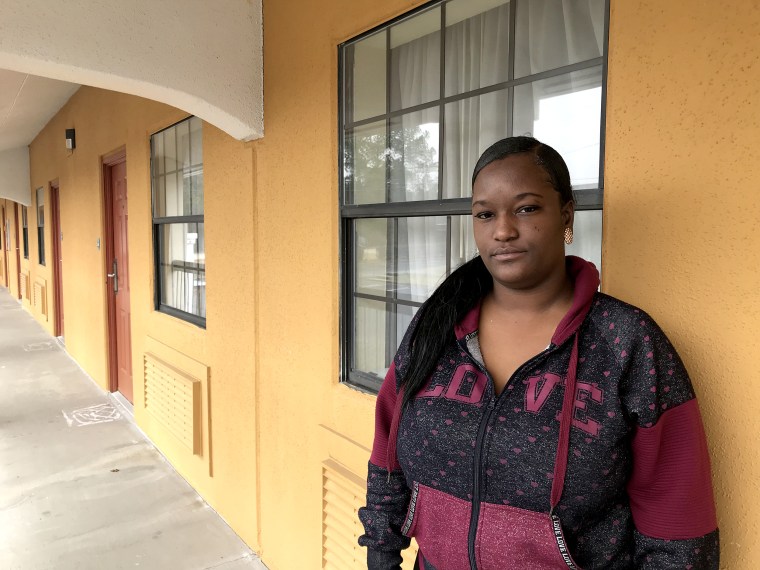
“It all ties back to one thing — the backlog of unmet capital needs that has just grown exponentially over the past decades,” said Tim Kaiser, executive director of the Public Housing Authorities Directors Association, referring to carbon monoxide hazards in HUD housing.
For years, local officials have been trying to redevelop Allen Benedict, which was “at the top of the list for demolition” in 2017, according to City Council member Ed McDowell. That year, however, the Columbia Housing Authority instead chose to raze another aging HUD property and didn’t have the funds to demolish and rebuild Allen Benedict as well. Last year, local officials asked HUD for a $30 million grant for the project. Despite a personal appeal by the mayor to HUD Secretary Ben Carson, the agency rejected the city’s request in early February, two weeks after Roper and Witherspoon were found dead.
The local housing authority is still planning to raze Allen Benedict and build something better — and safer — in its place. But none of the residents will be returning anytime soon: They all have HUD vouchers to find new homes, which is a struggle in an area that’s already facing a serious shortage of affordable housing.
Johnson has spent the past month scrambling to find a new place to live while working full-time and finishing her associate’s degree. Every day, her children ask why they can’t go back home. “They think it’s something we can clean up,” she said.
Like many other Allen Benedict parents, Johnson worries about the long-term impact on her children’s health. Acute exposure to carbon monoxide is difficult to diagnose because people’s oxygen levels can return to normal quickly after exposure, but it can cause permanent neurological problems, as well as an elevated risk of heart disease, said Dr. Mark Gladwin, chair of the University of Pittsburgh School of Medicine. “The cases are just so heartbreaking, and it’s totally preventable,” Gladwin said.
Benfer, the Columbia professor, compared the long-term impact to lead poisoning.
“The federal regulations are lagging behind best practices,” she said. “If we don’t start investing in healthy housing and these programs, it will cost people their lives or permanently alter them for the worse — especially for kids.”
When she moved into Allen Benedict last year, after five years on the waiting list, Johnson said that the housing authority warned her about lead poisoning, mold and mildew, but made no mention of carbon monoxide.
“I knew it was a gas, but I didn’t know it was a gas that could kill us,” Johnson said. “We could've woke up and the whole community could've been gone — like, just wiped out.”
More than a month after her father’s death, Witherspoon’s daughter still reflexively dials his number when she wakes up some mornings, only to be sent to voicemail.
“He lost his life to something that could have been prevented,” Washington said. “My dad was not an animal for them to treat that way.”
